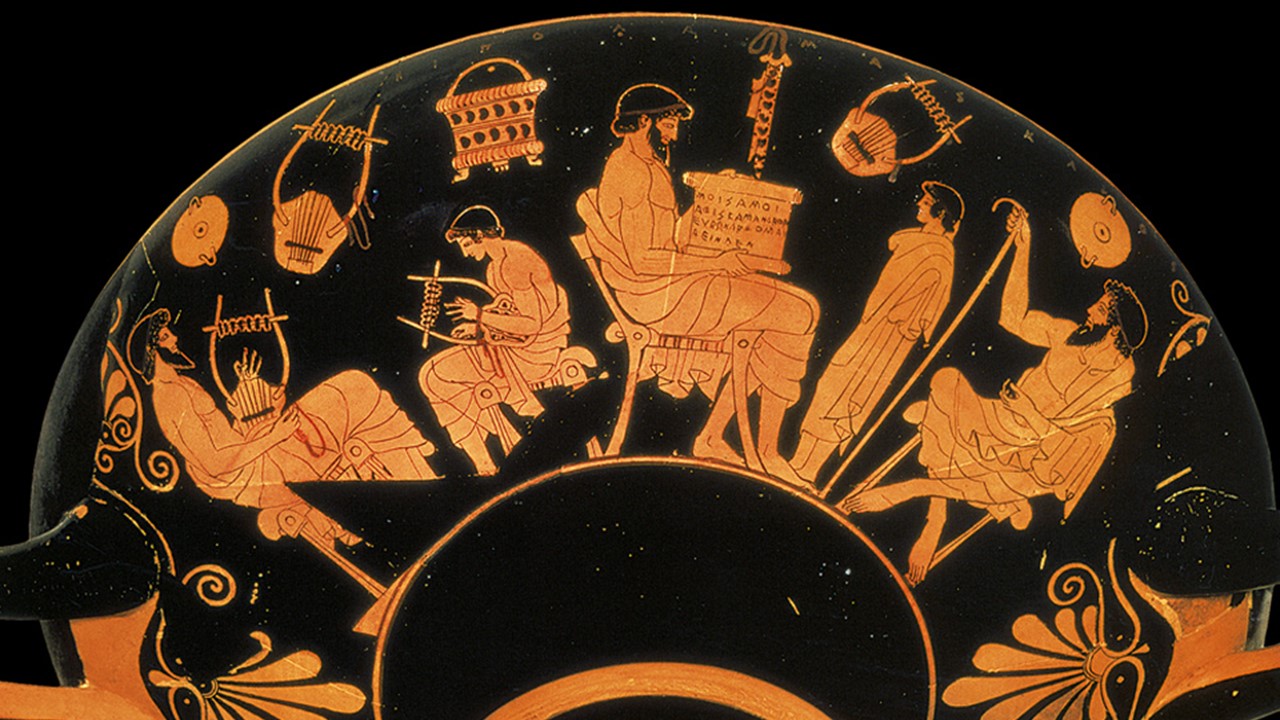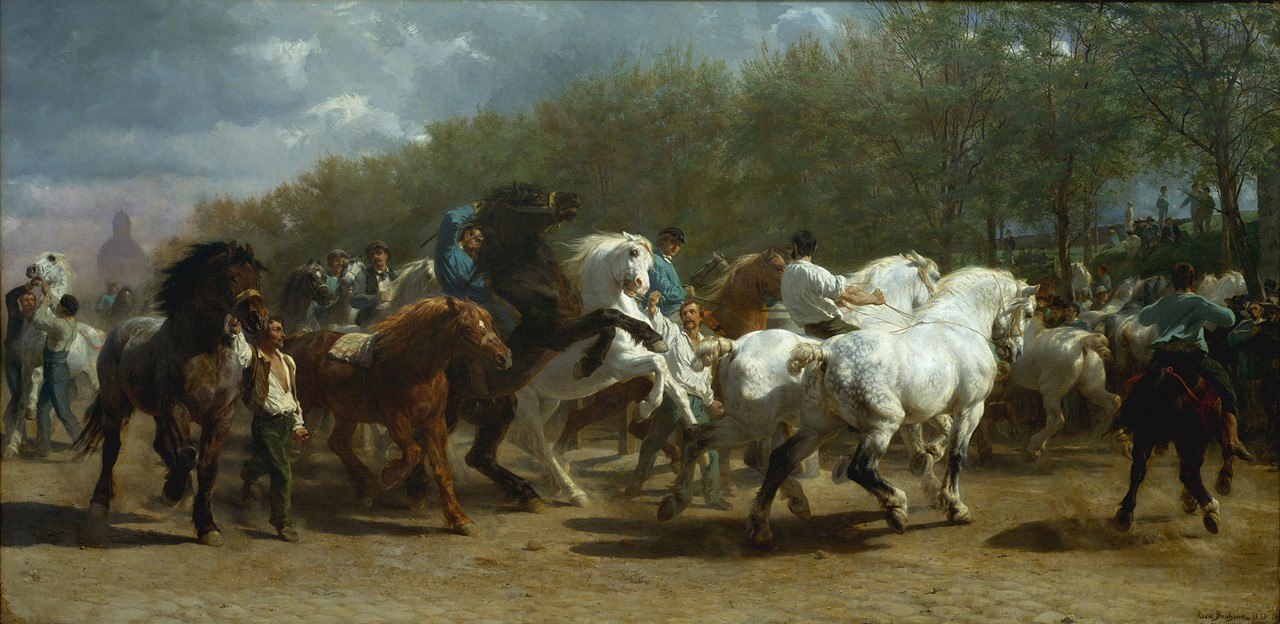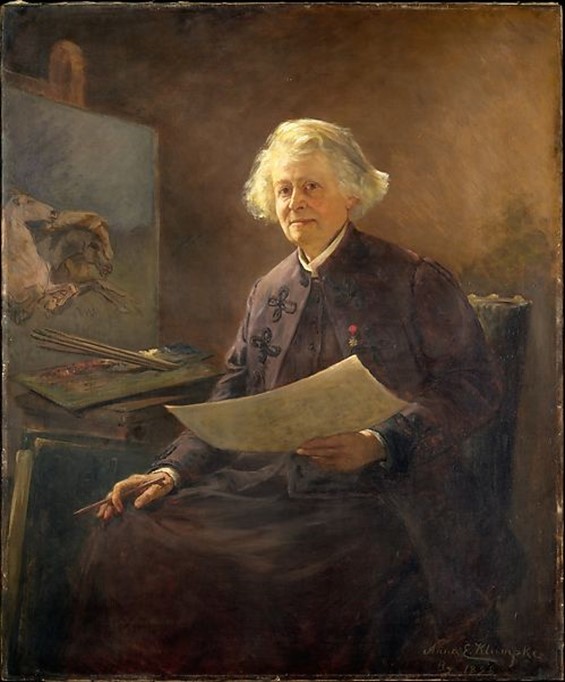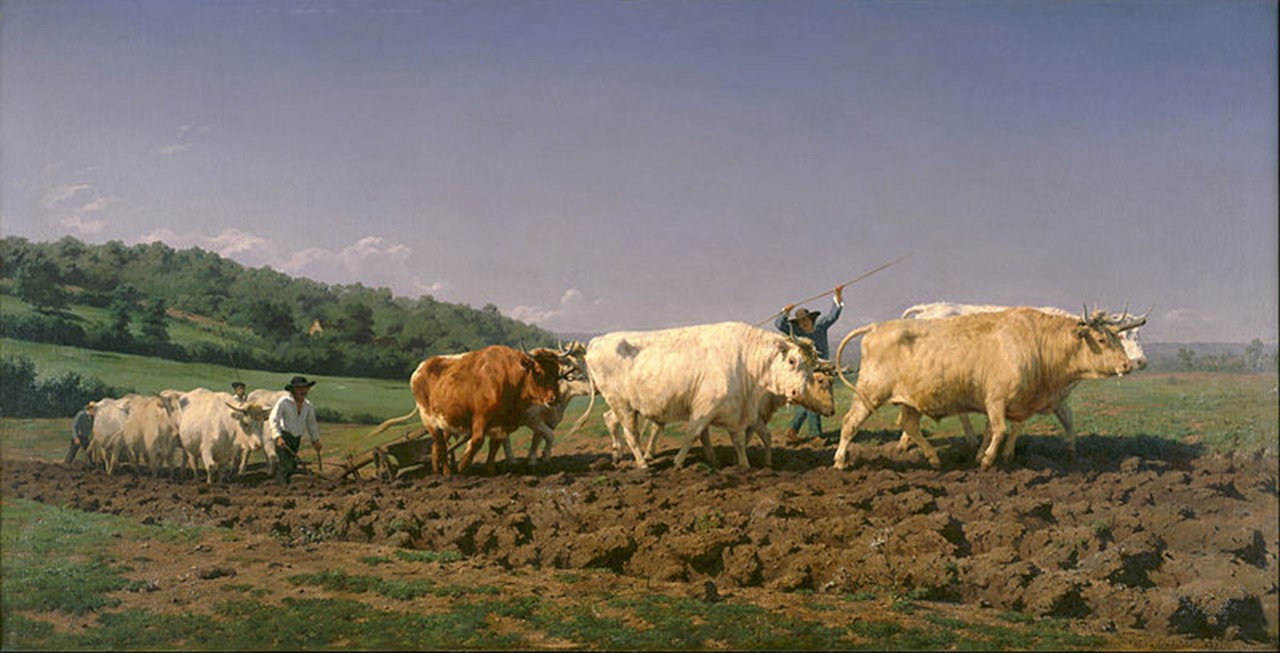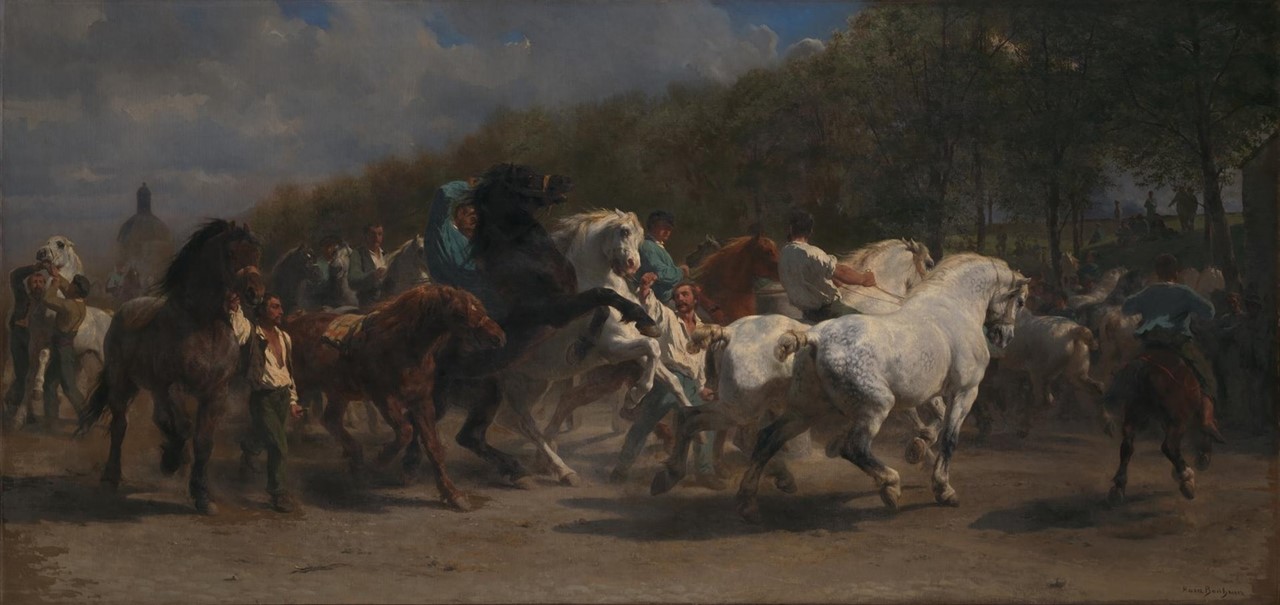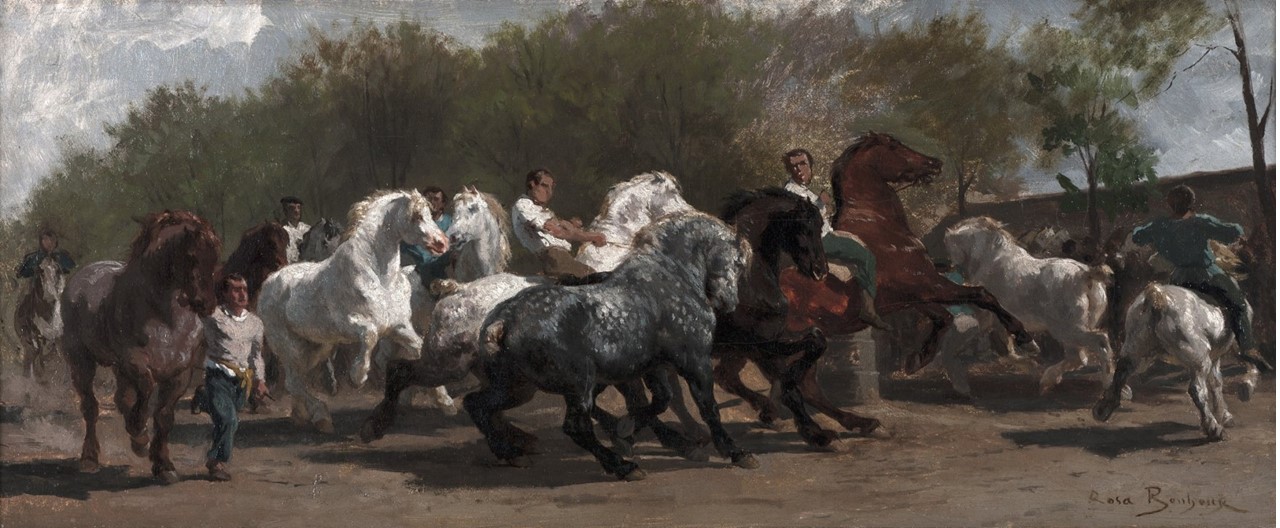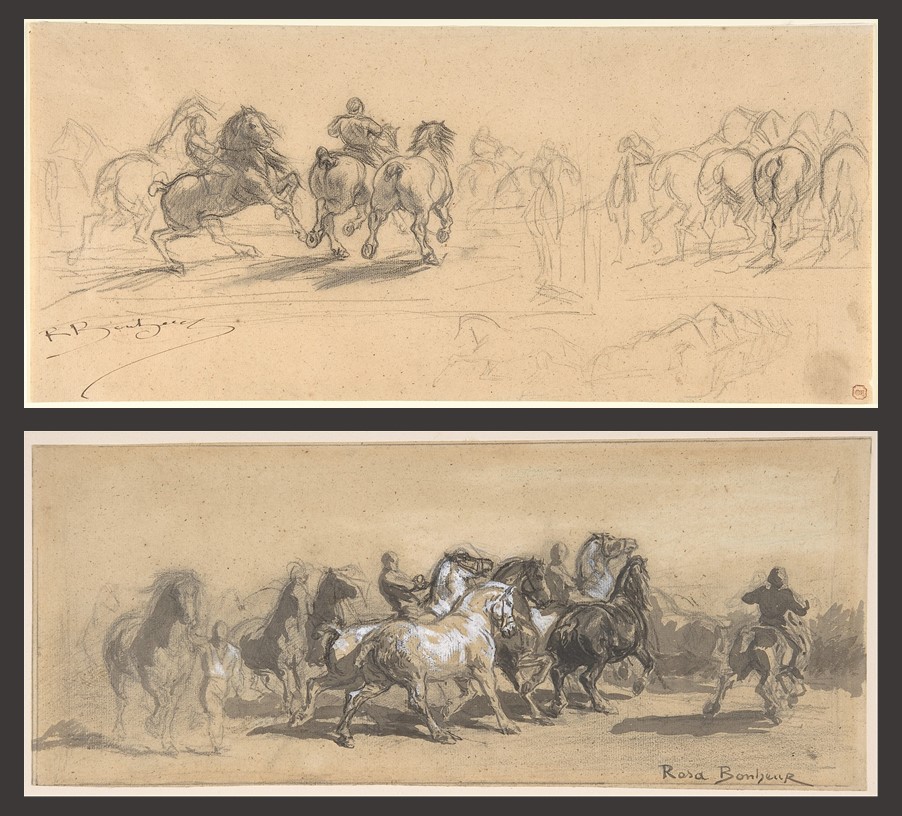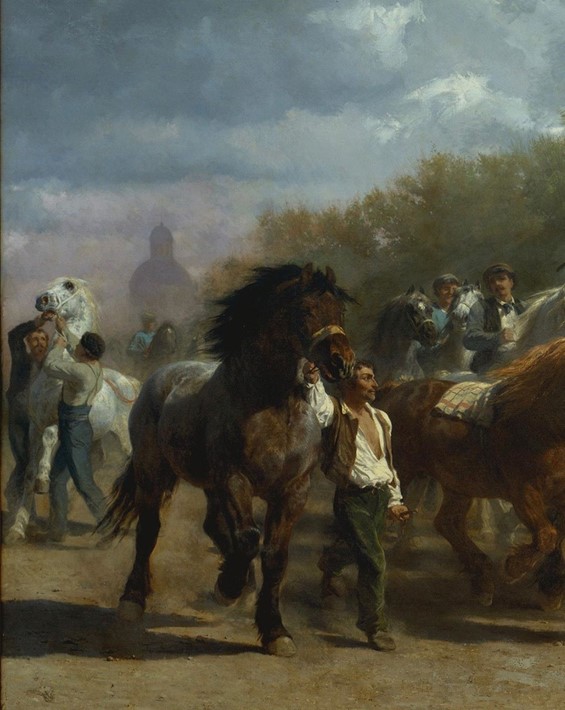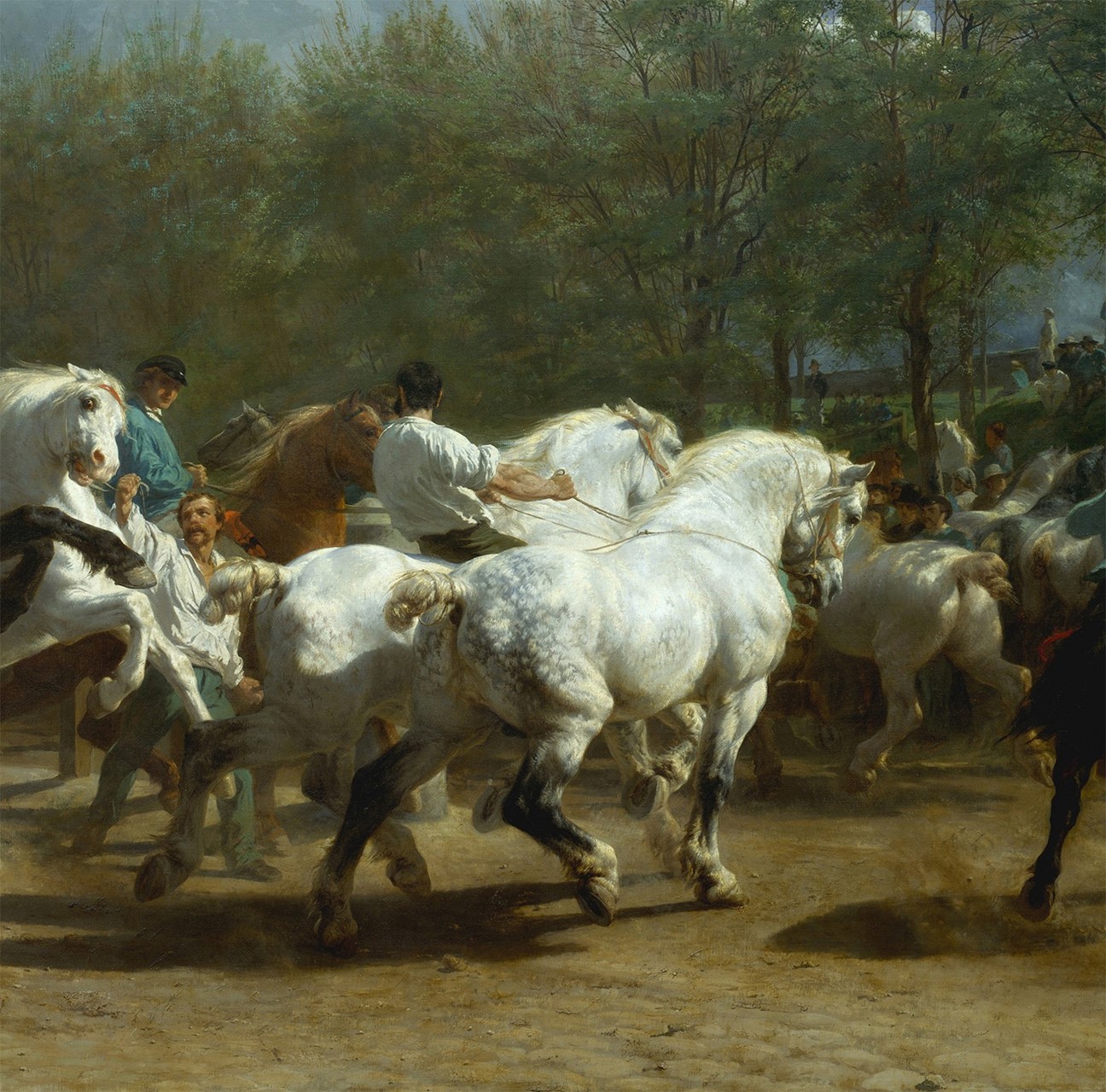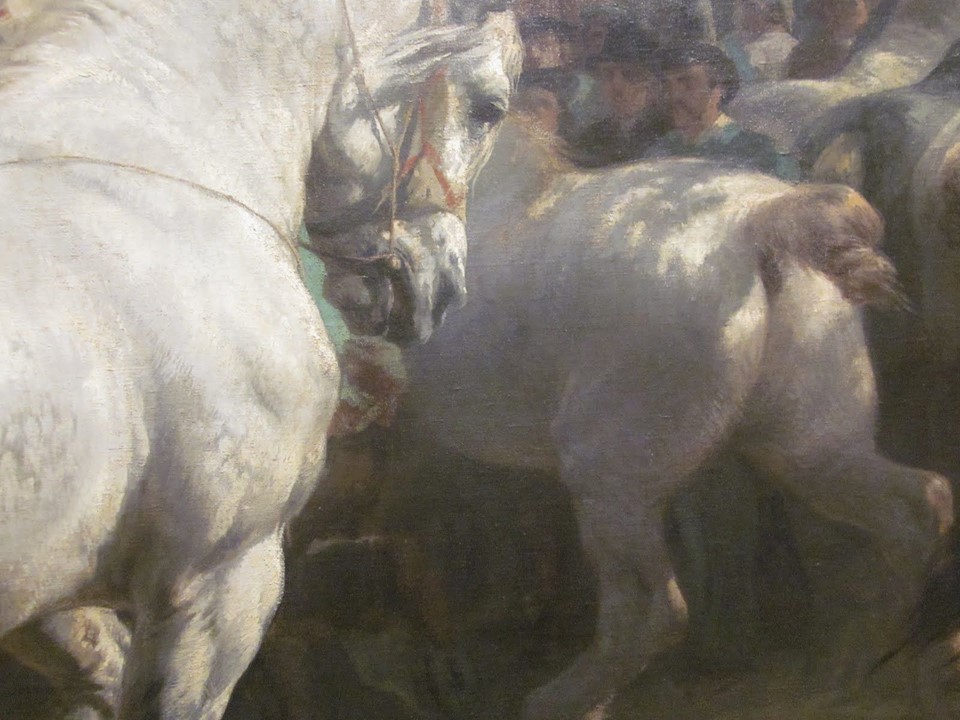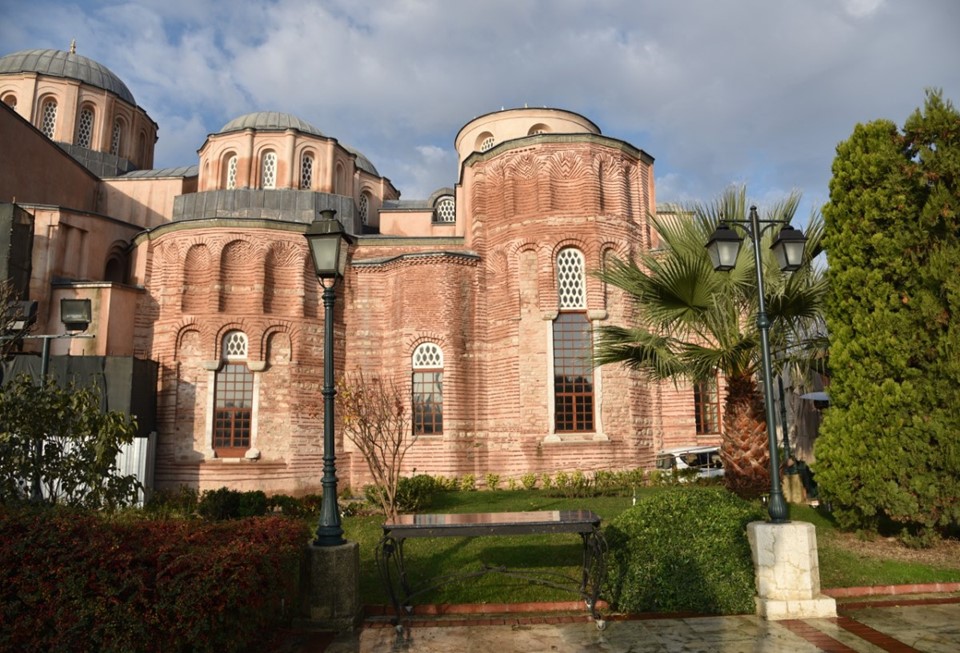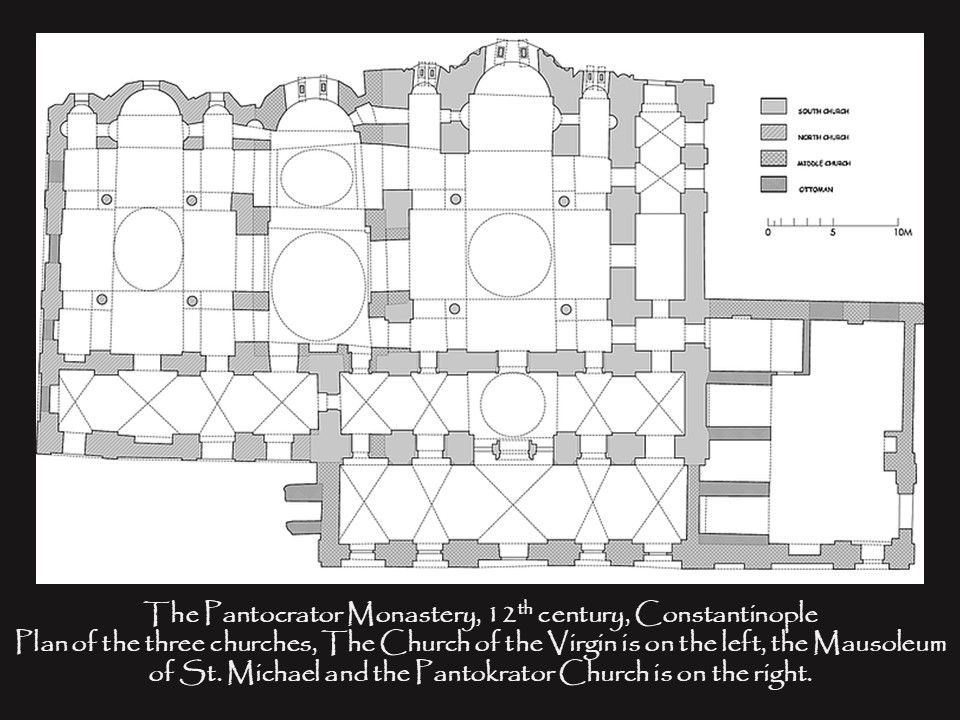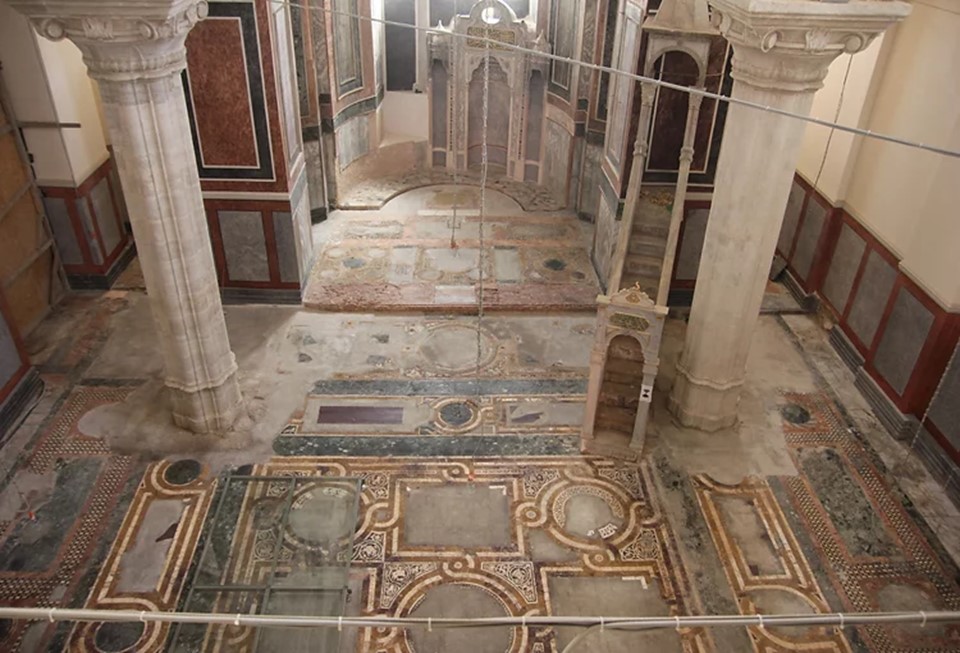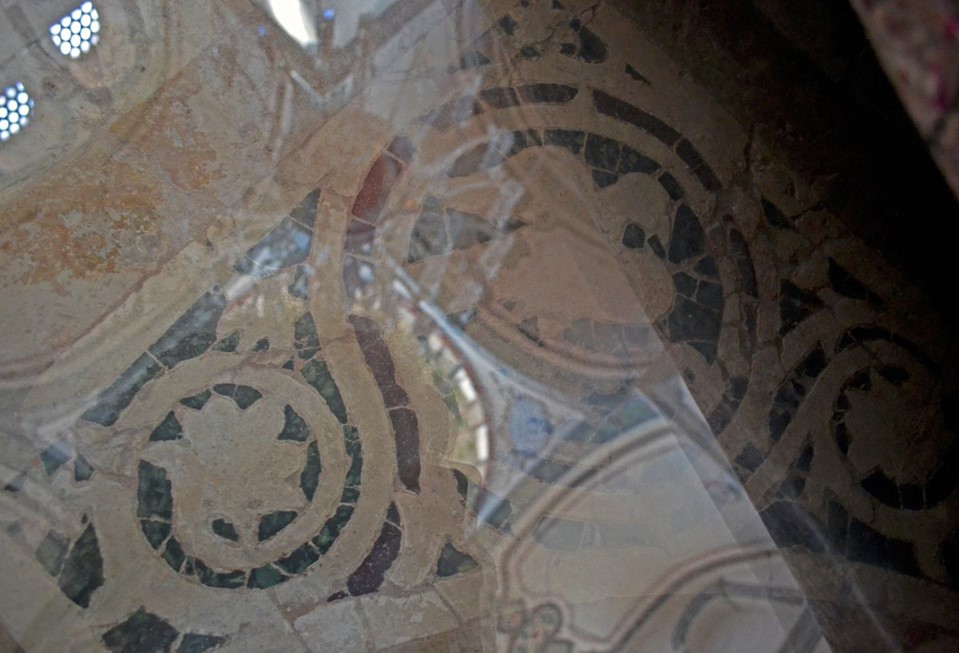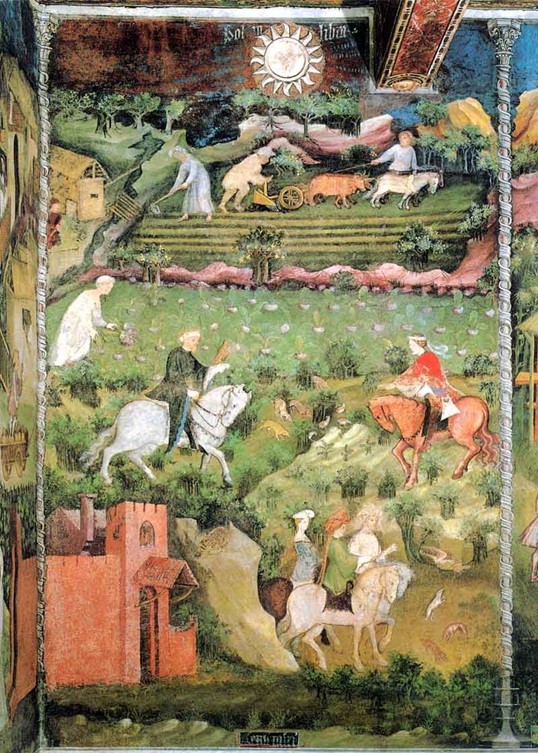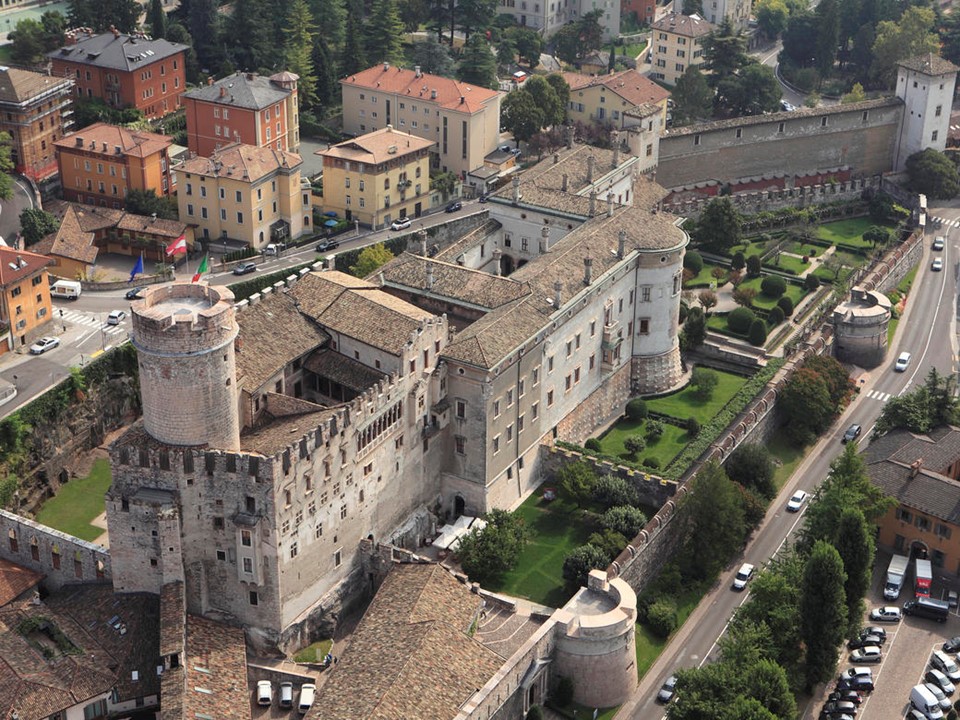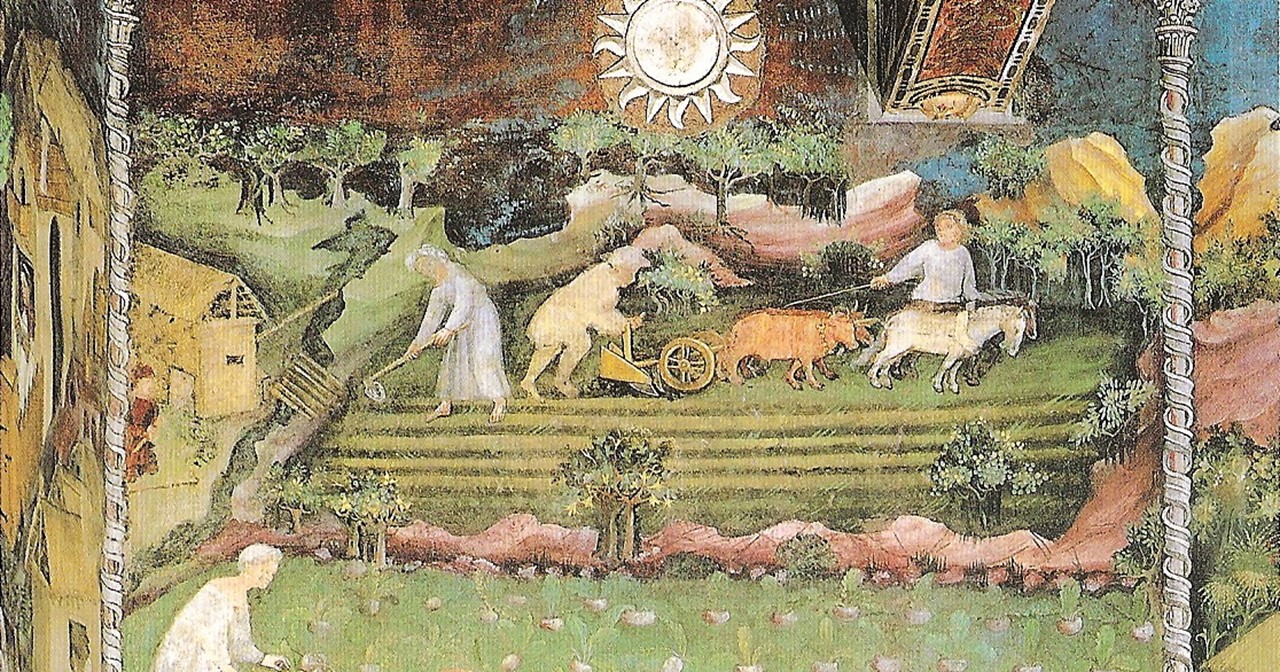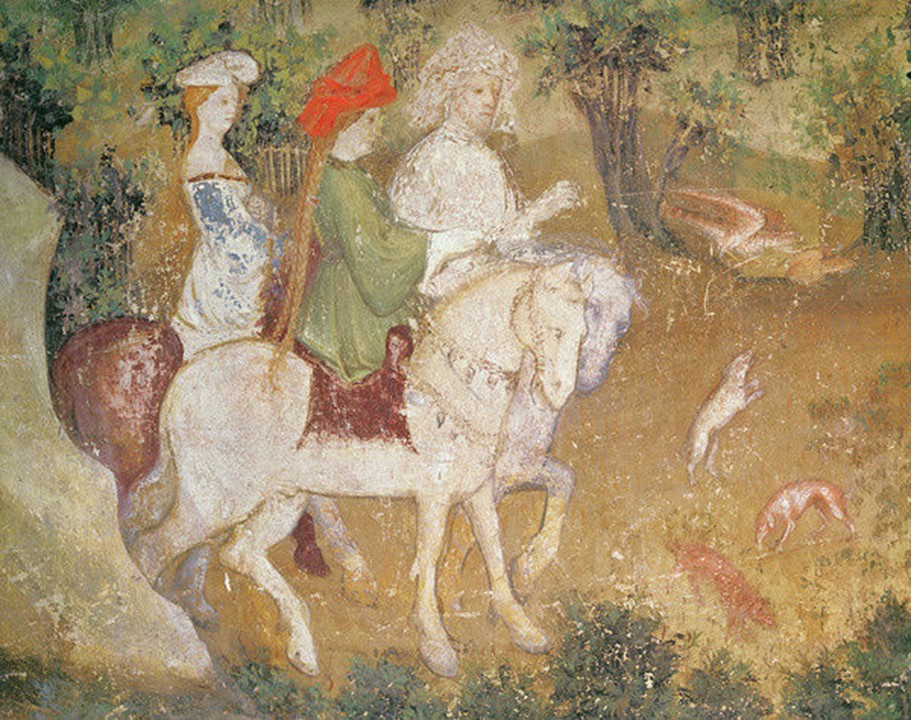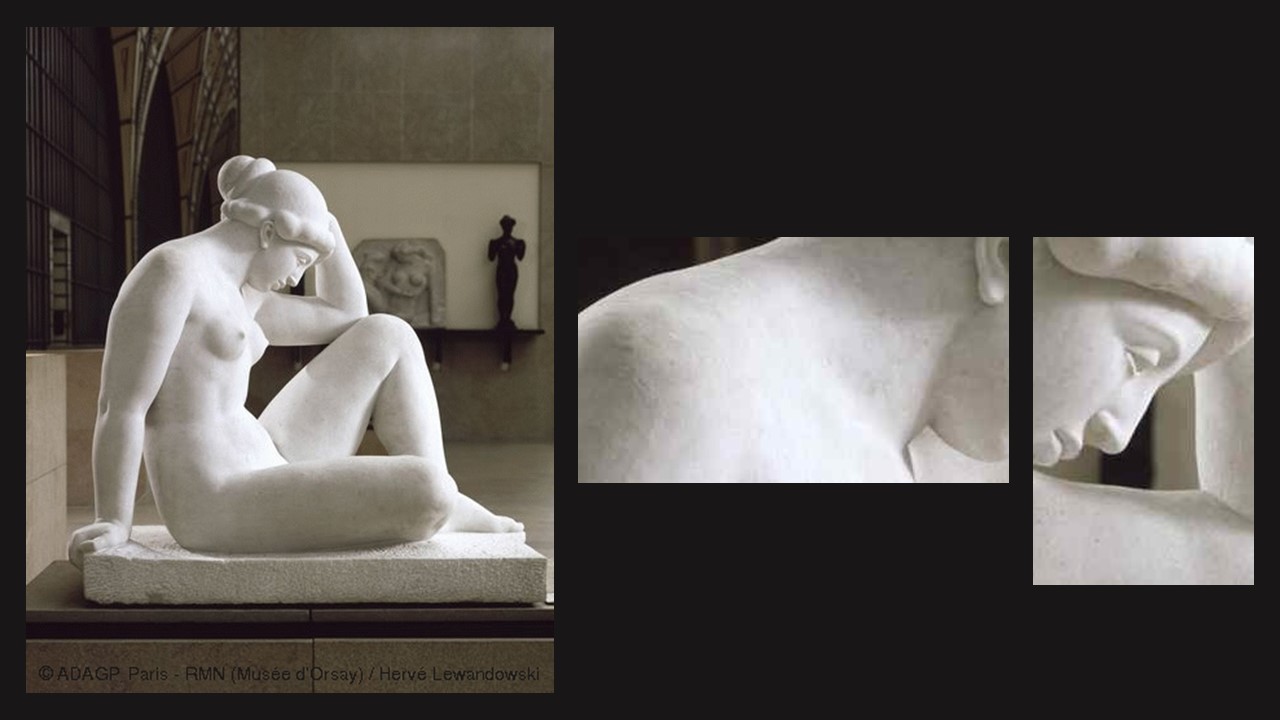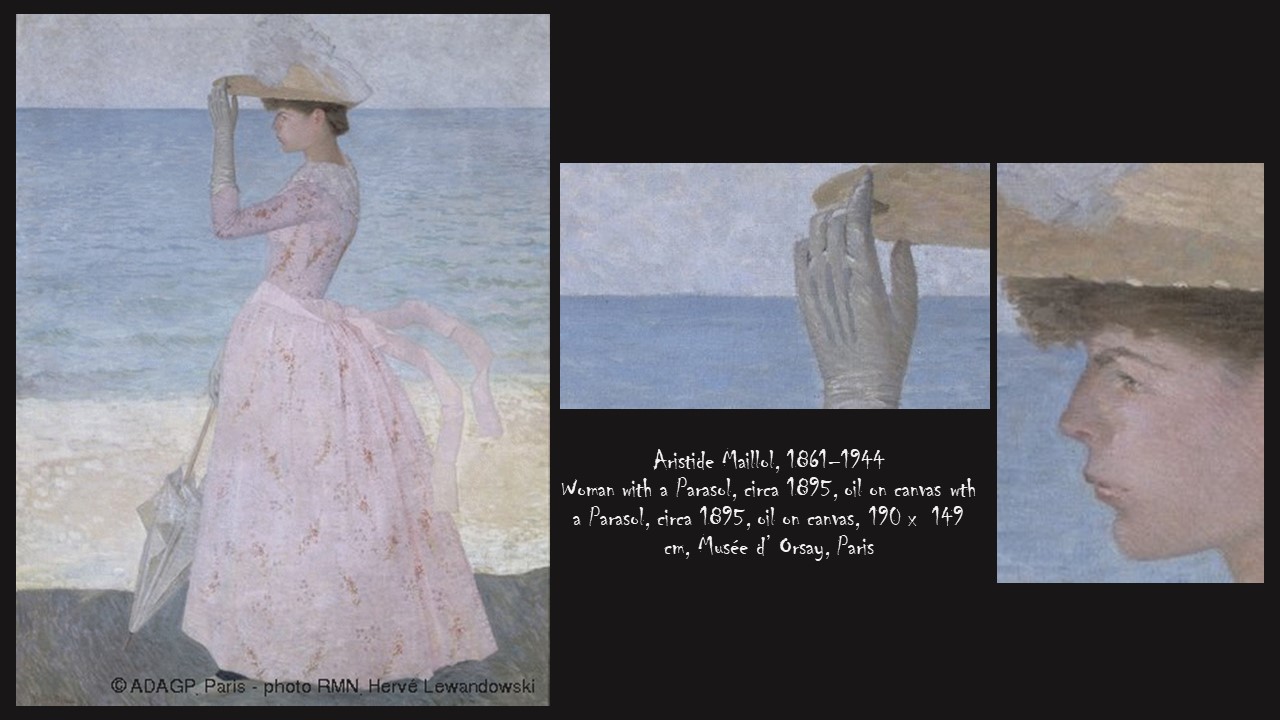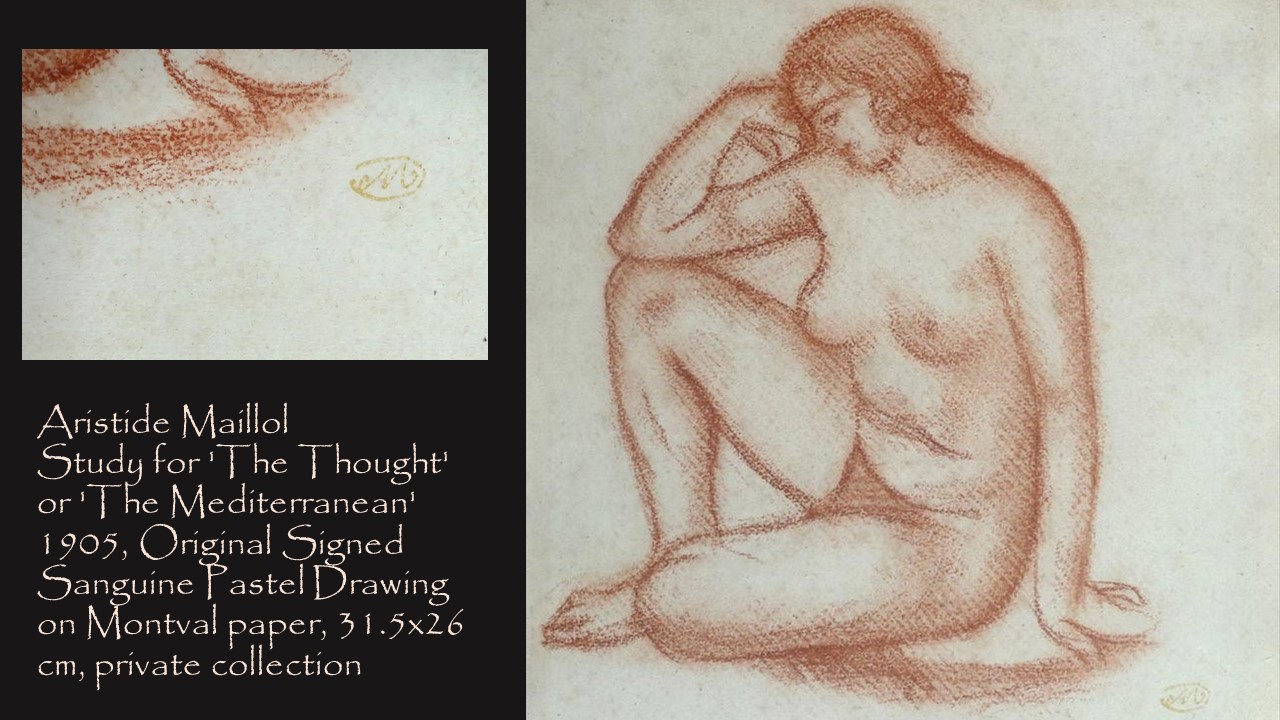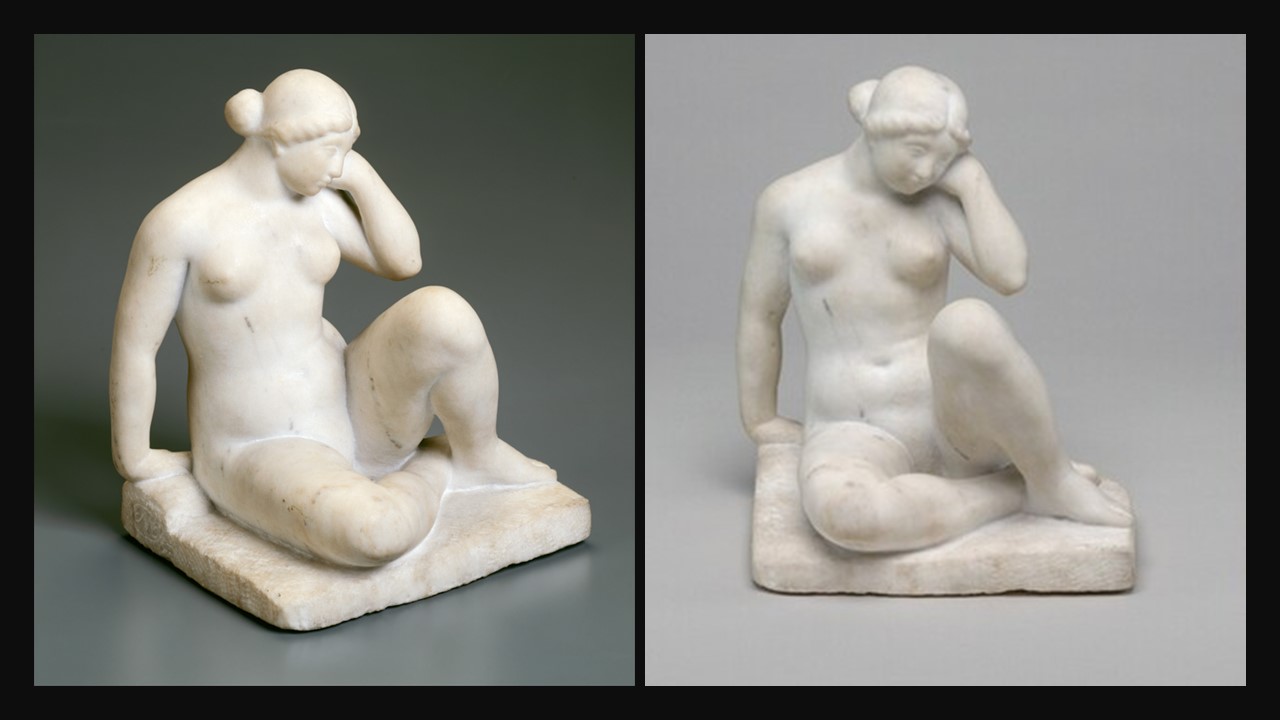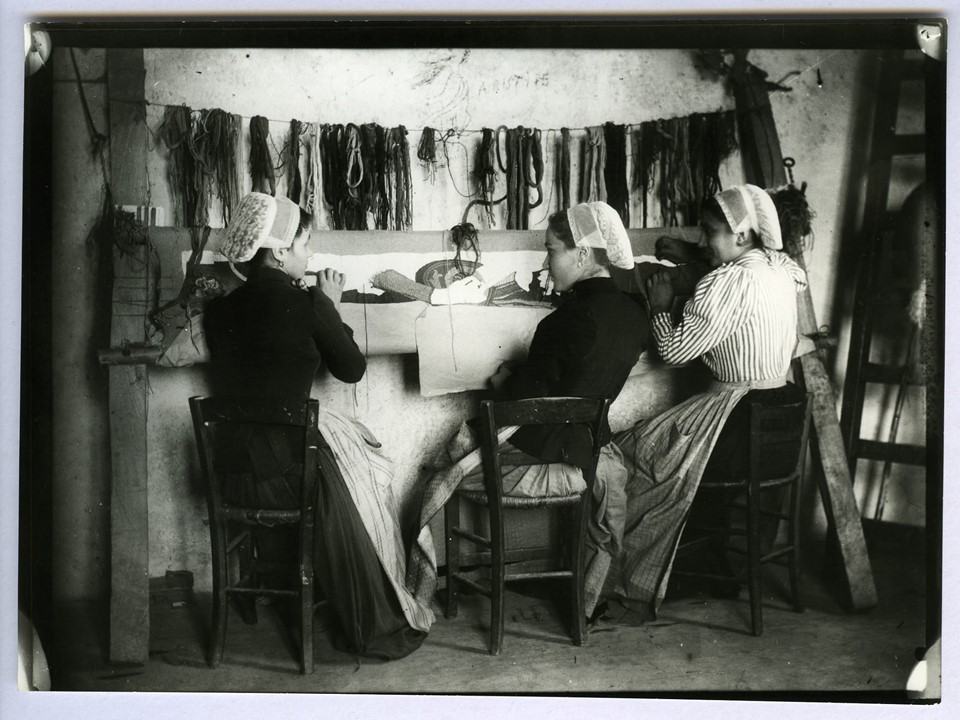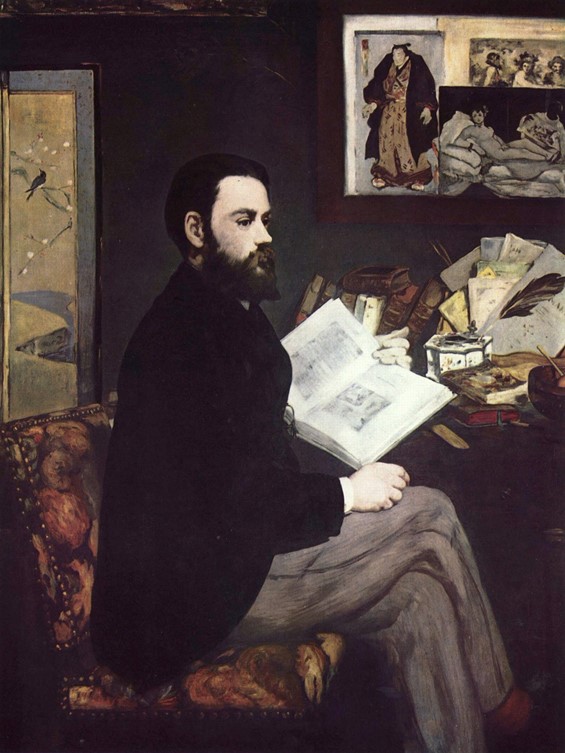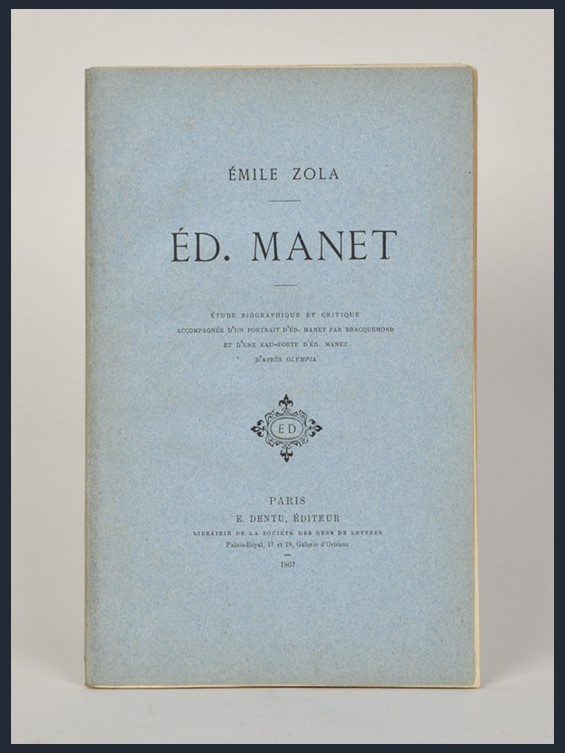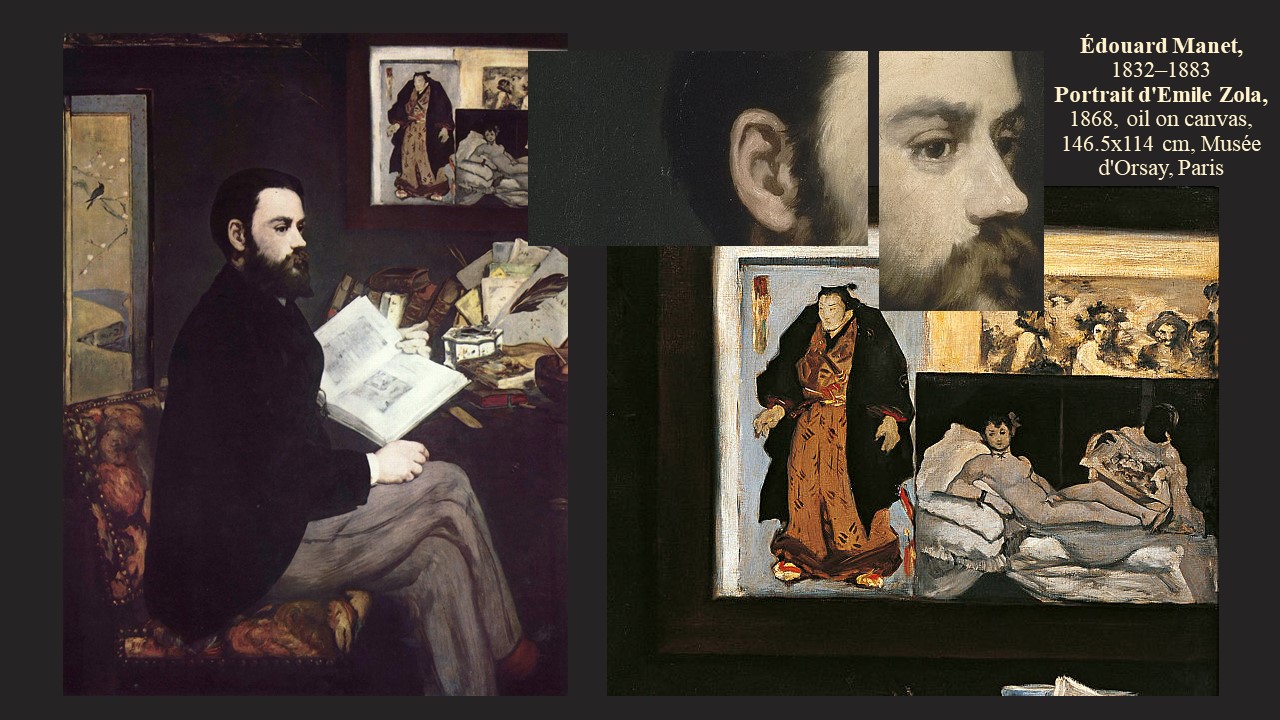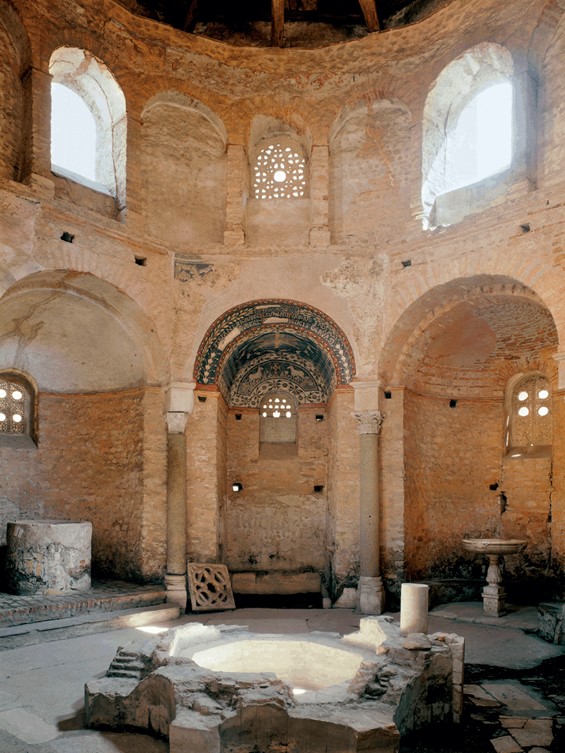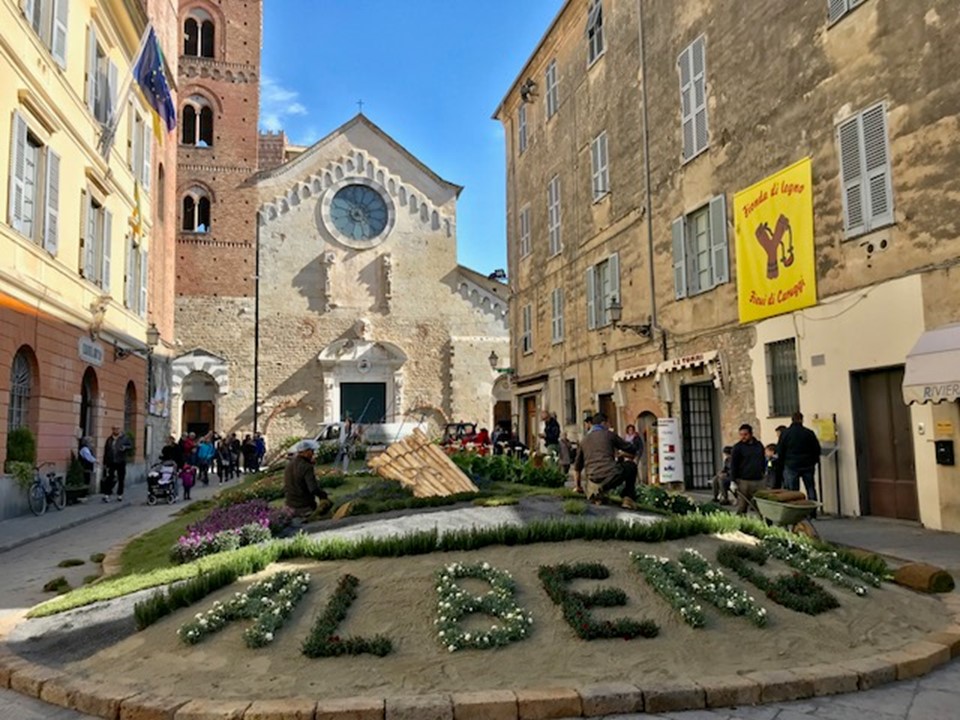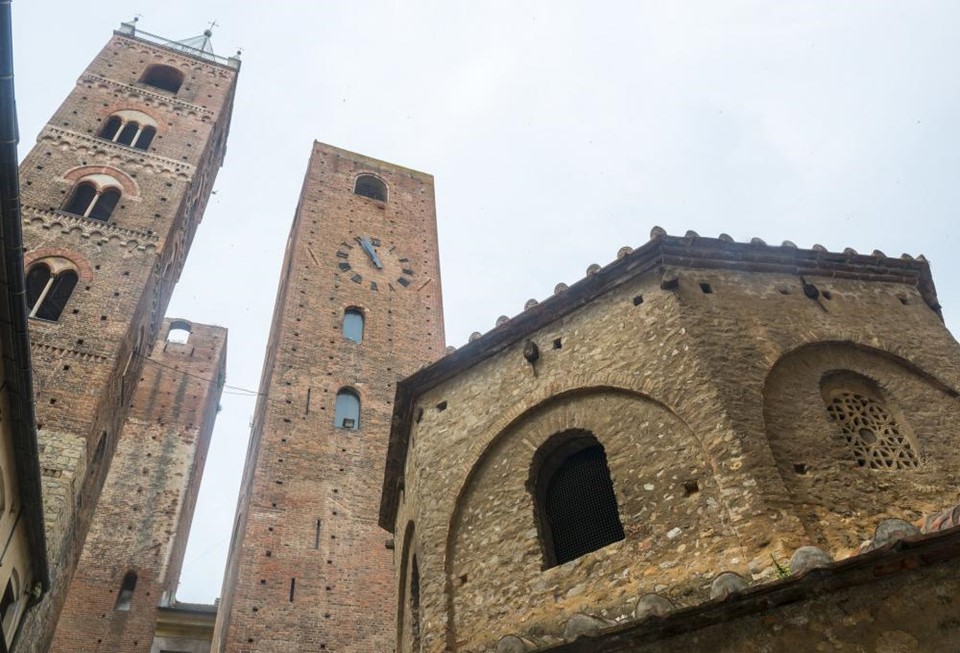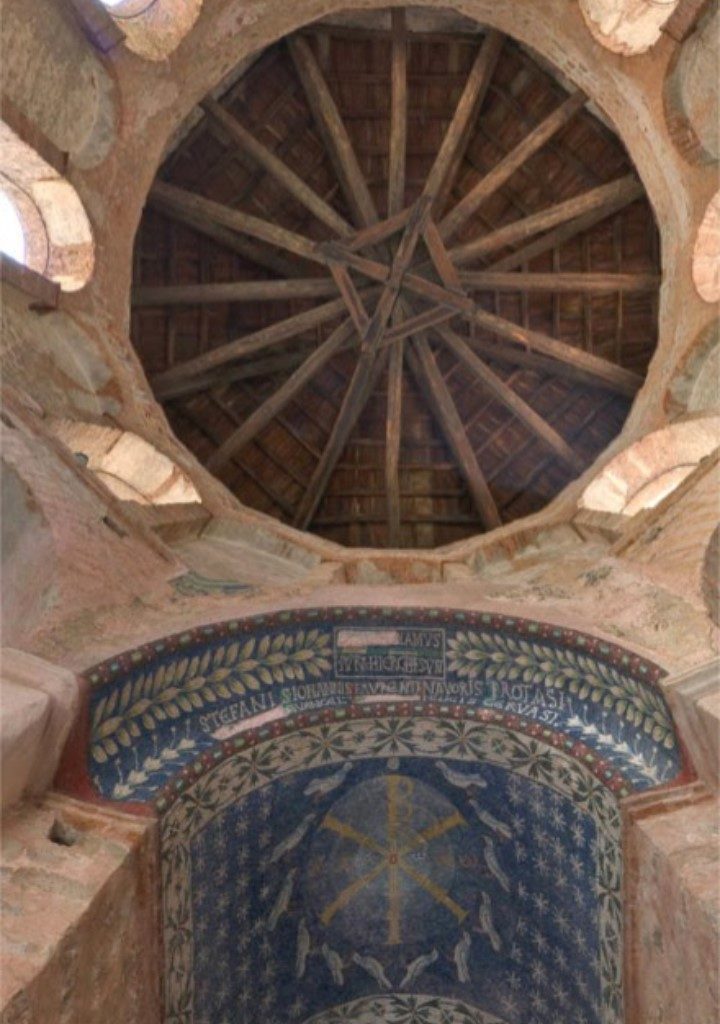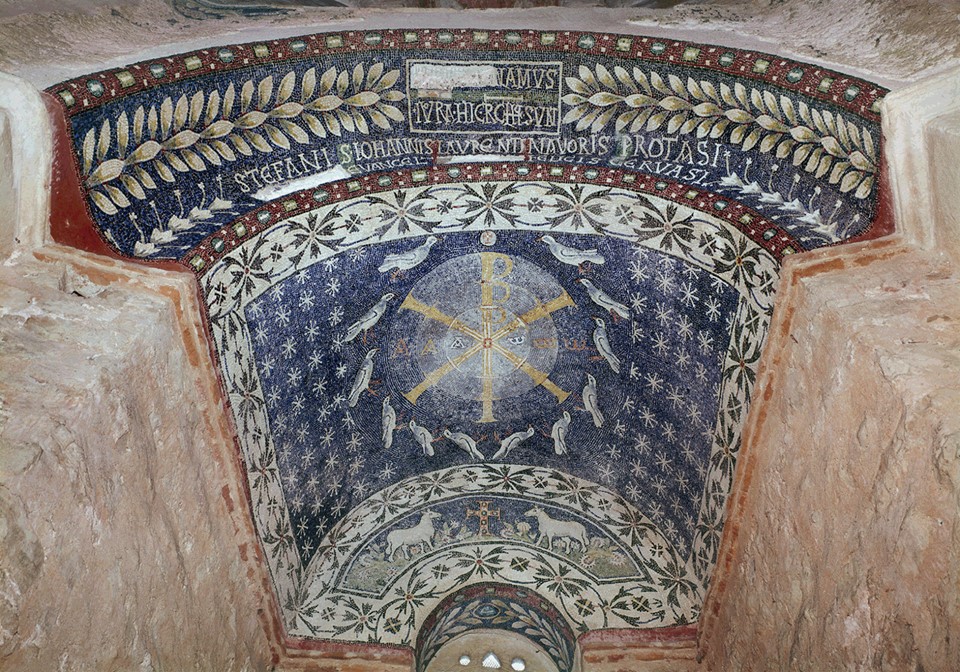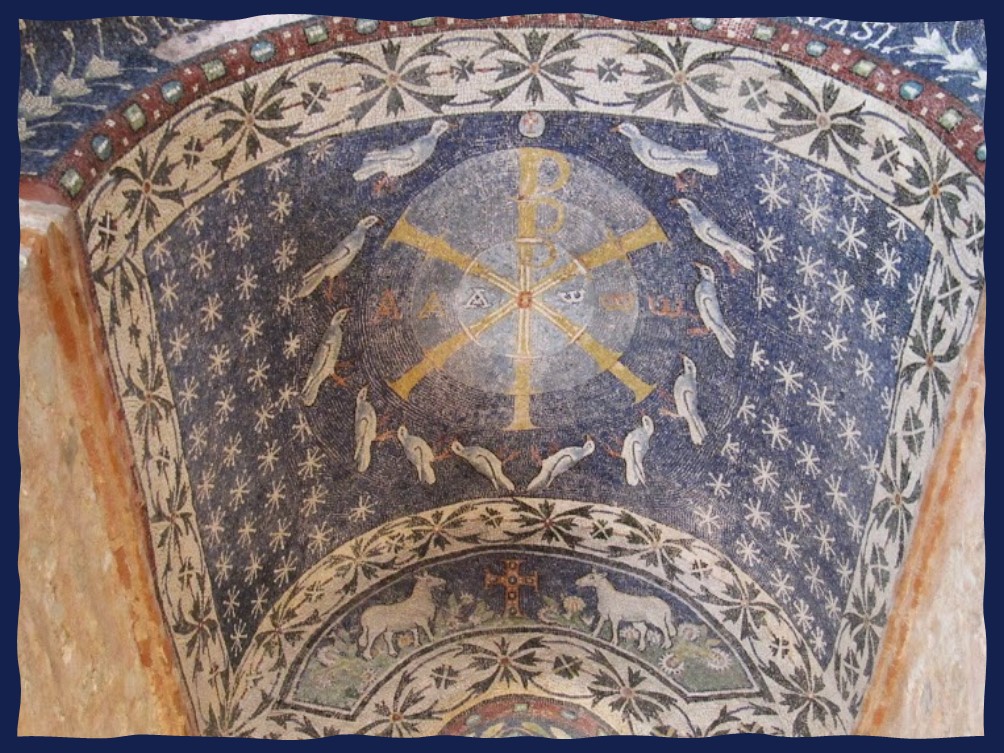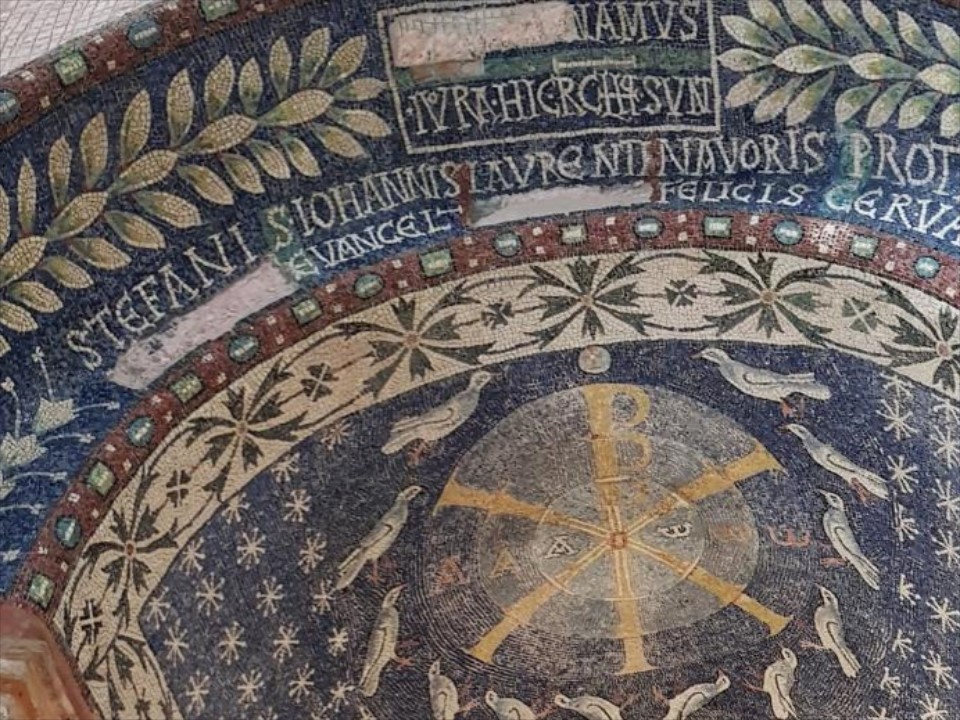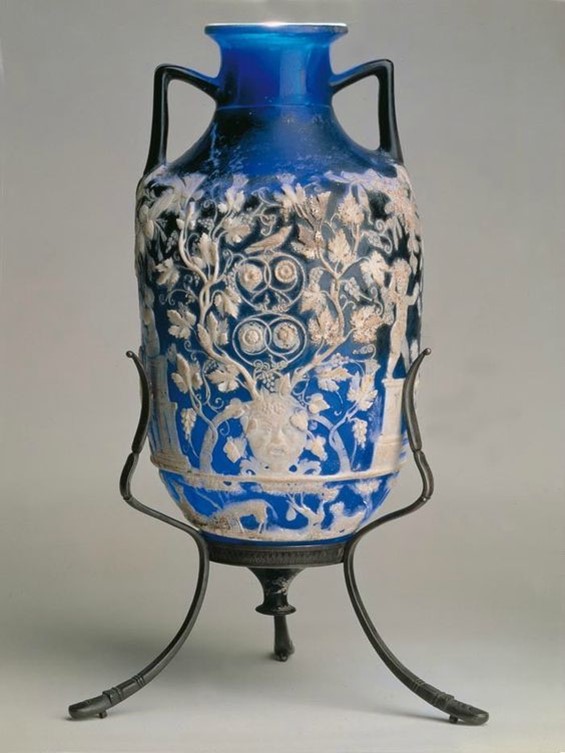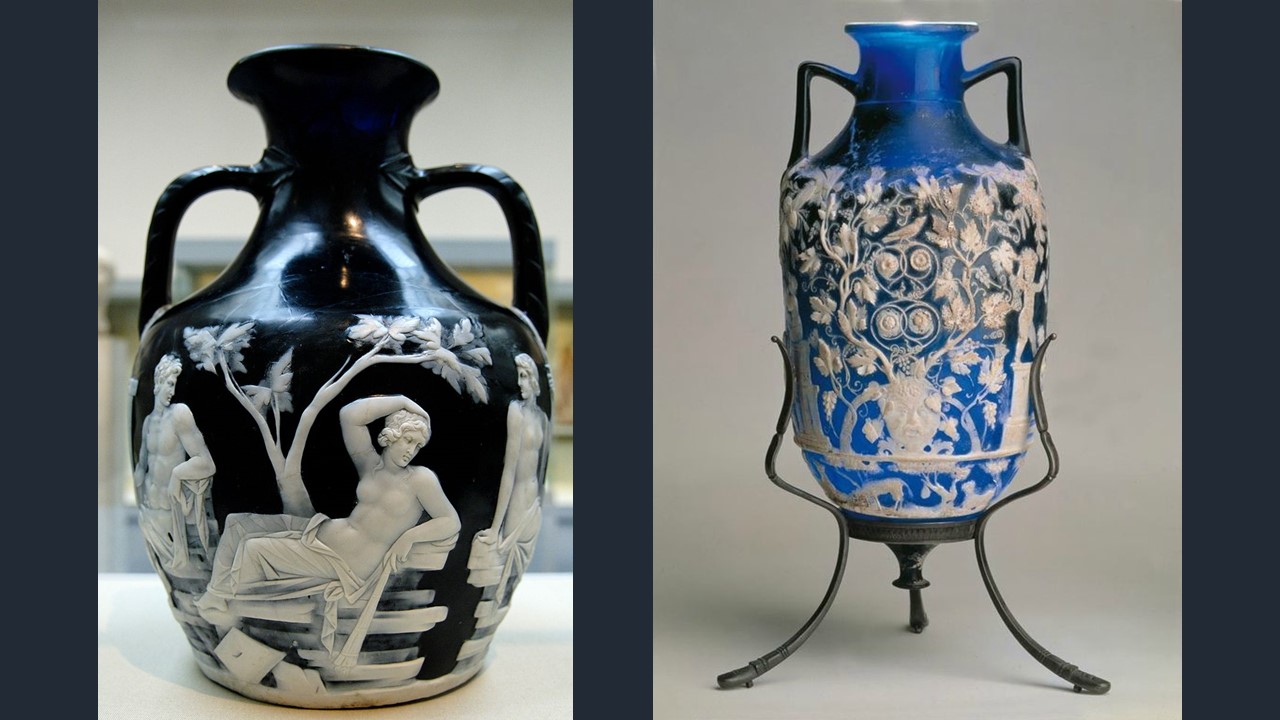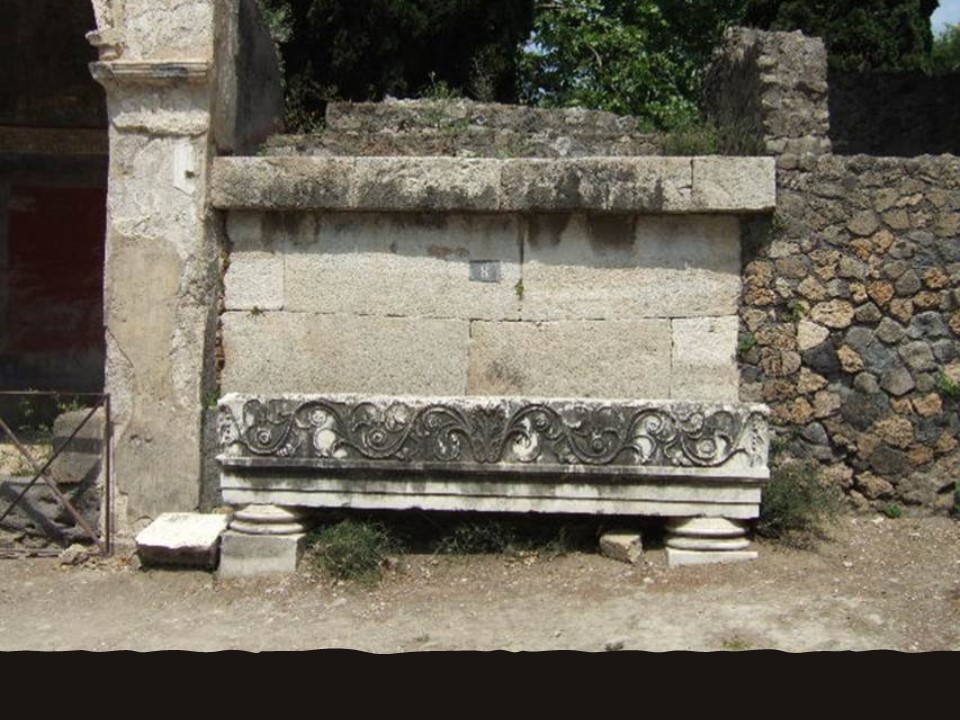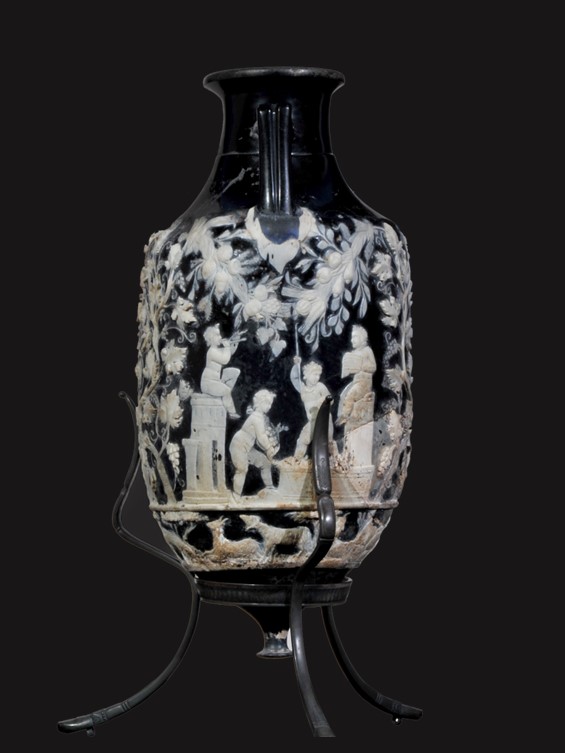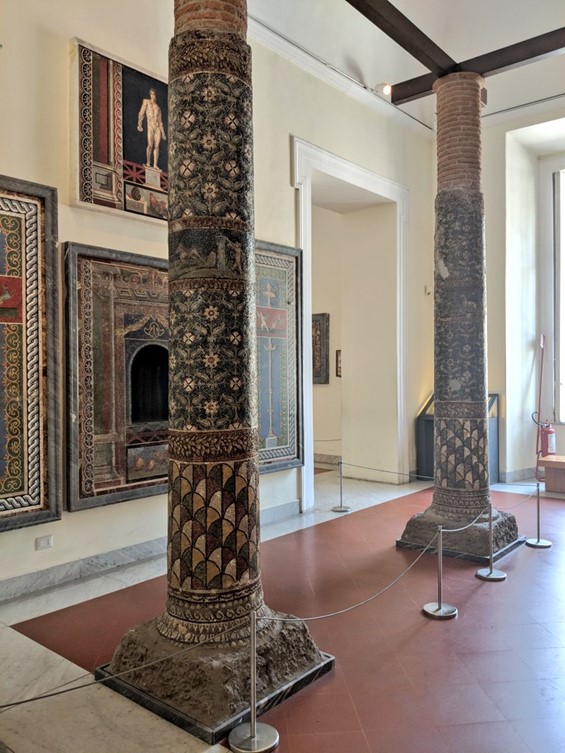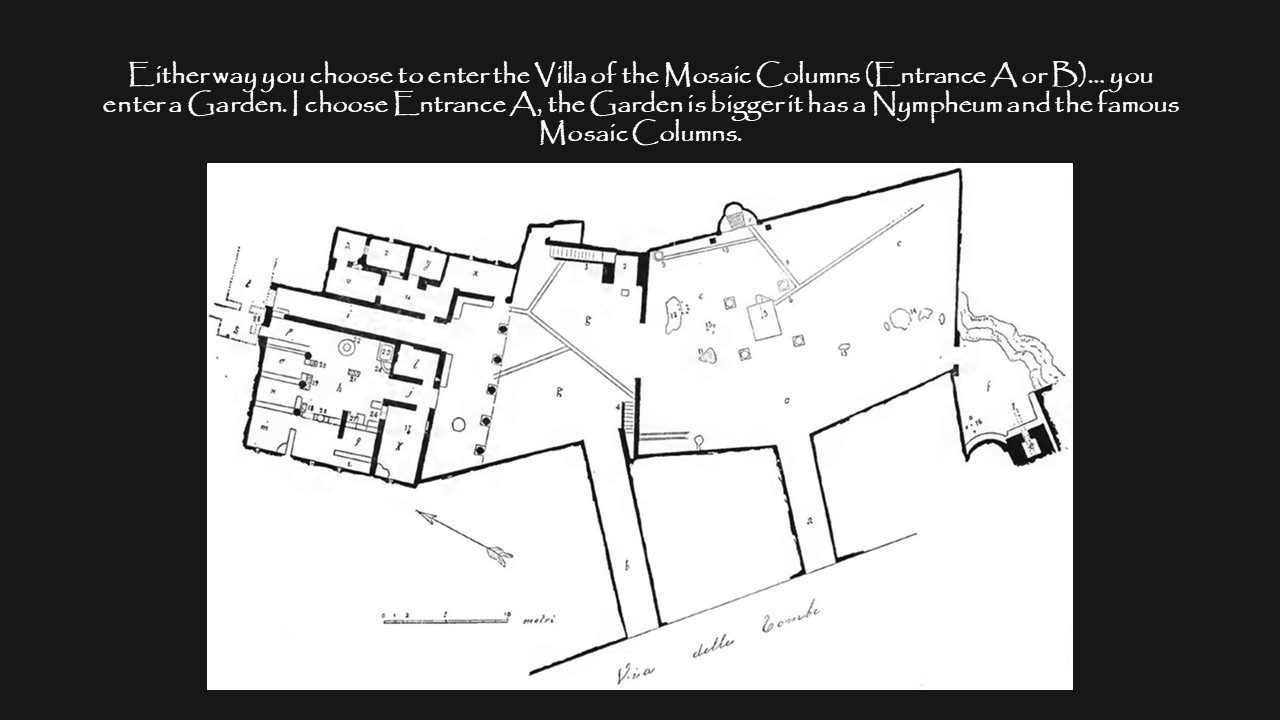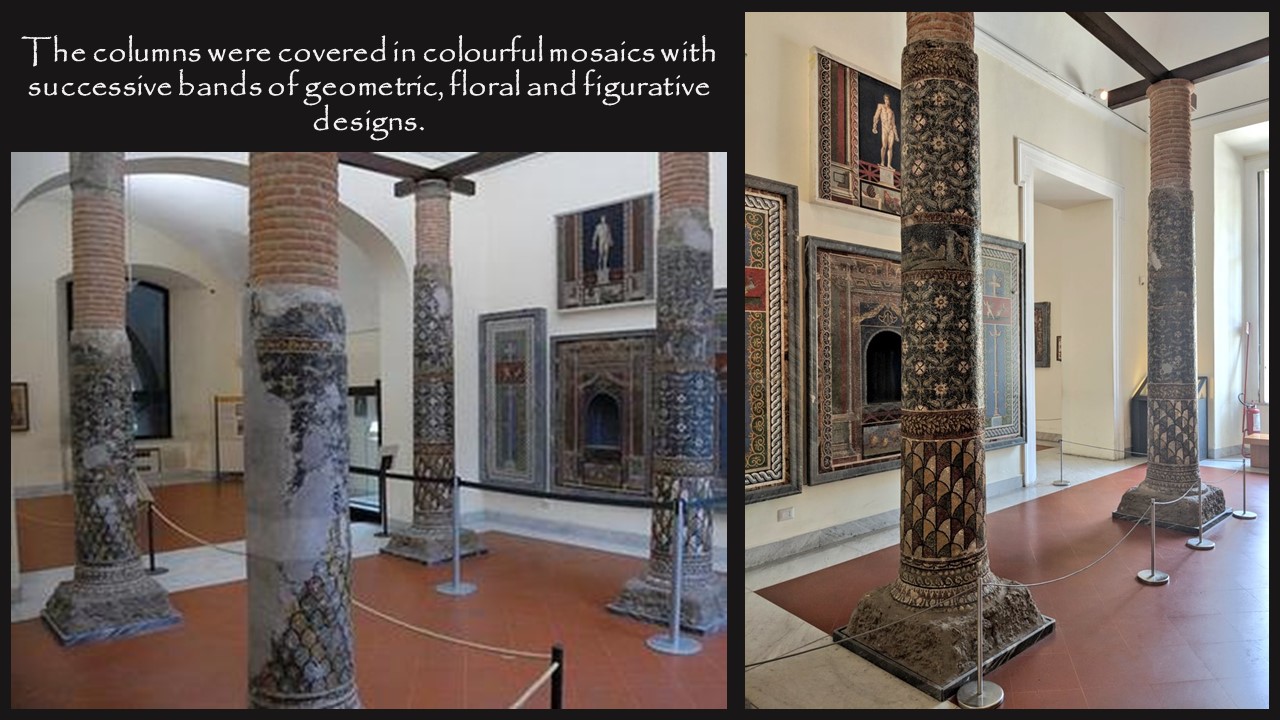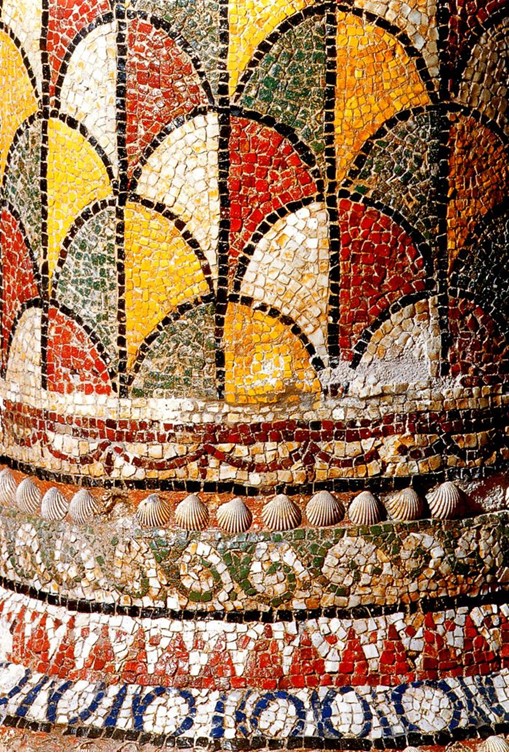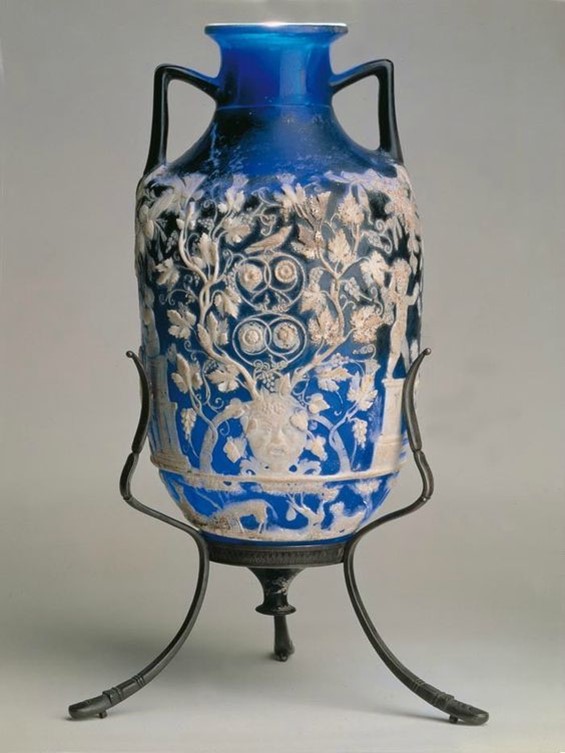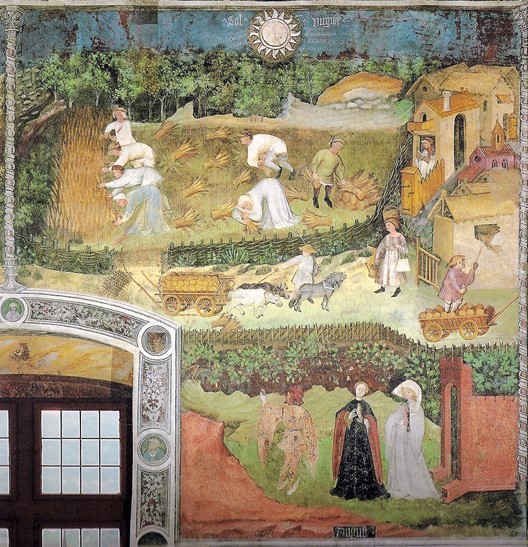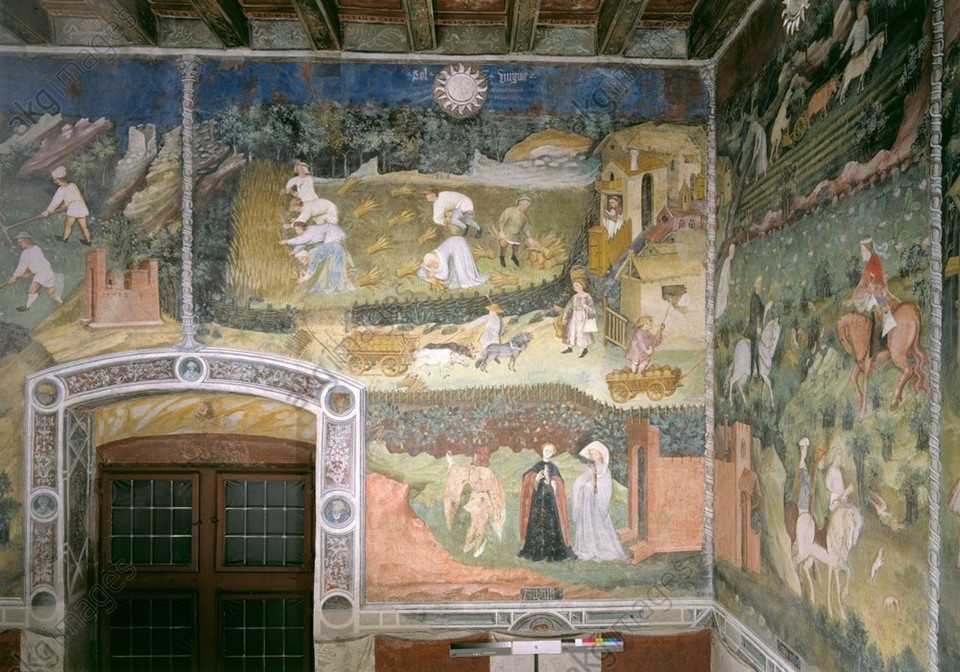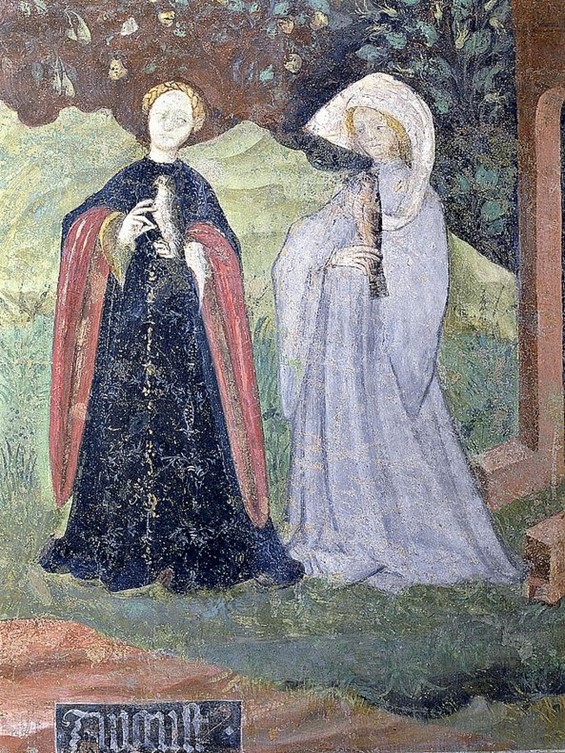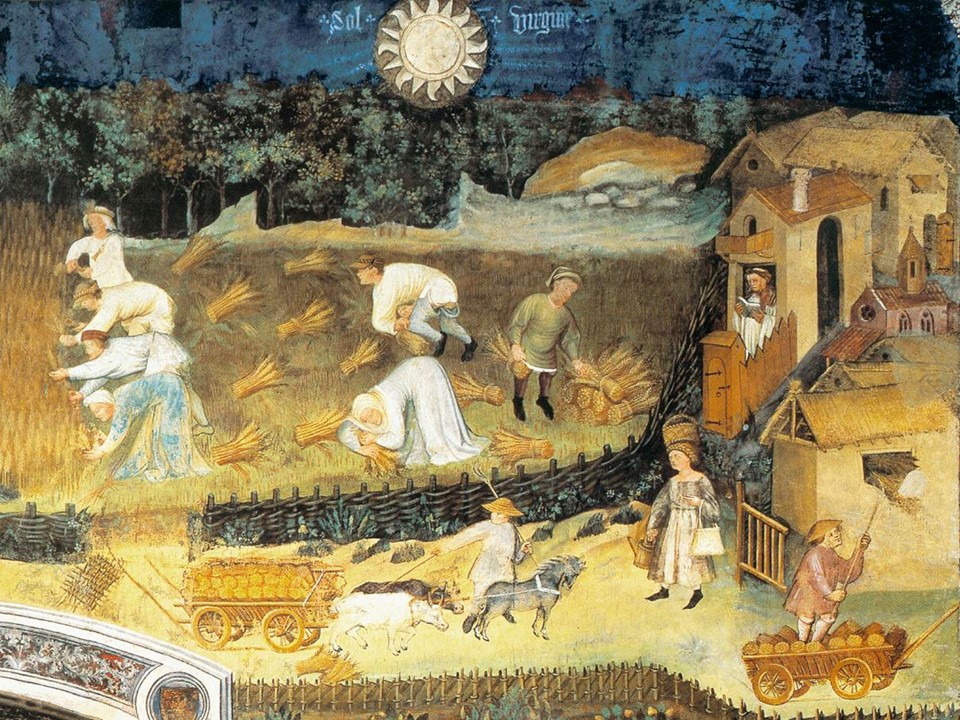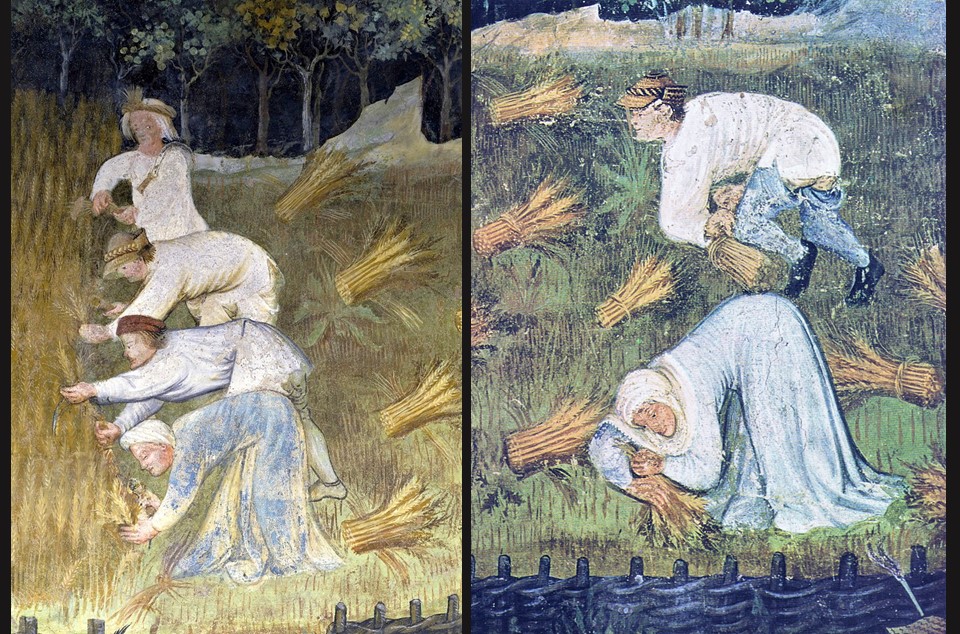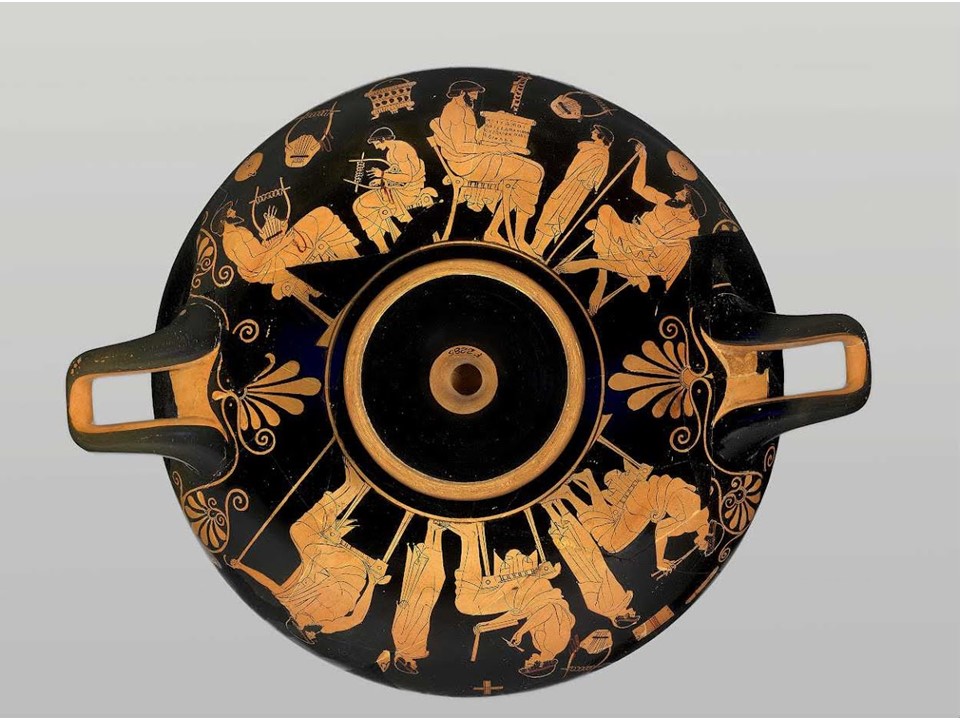
“Let us remember: One book, one pen, one child and one teacher can change the world.” Said young Malala Yousafzai and I couldn’t agree more! Today, September 14, 2020, is the 1st Day Back to School for all students in Greece and I want to celebrate it with a new Lesson Plan. https://www.shutterfly.com/ideas/school-quotes/
Have you ever thought about how the 1st Day Back to School was during ancient Greek time? We can only guess by examining an amazing ancient Greek Kylix in the Altes Museum, in Berlin by the Duris Painter. Using it as an example, I will introduce my students to school reality in Greece – 2.500 years ago!
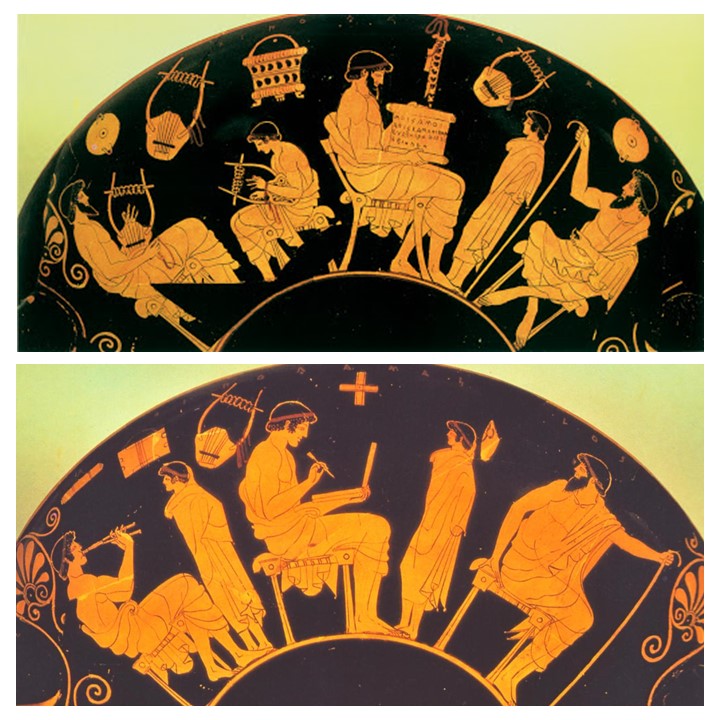
“Every student has a teacher, every teacher teaches a different discipline; the picture unites what actually took place in different rooms. One side of the shell begins on the left with lessons in the lyre game, teacher and student play in unison. A particularly worthy teacher follows in a comfortable armchair; for the viewer of the picture he has opened the scroll with the beginning of the heroic song, which the pupil standing there in a cloak has to recite by heart. On the right a strange spectator, half belonging, half excluded. He sits there with his legs crossed in a casual, ignoble style: we have to see him as the pedagogue (‘boys’ leader’), the servant who accompanies the distinguished boy to school and back home. – On the opposite side, on the left, a young teacher is playing the melody with the double flute, to which the schoolboy sings. The fourth teacher corrects a work of his pupil on the blackboard. The scene ends again with a pedagogue.” http://www.smb-digital.de/eMuseumPlus?service=direct/1/ResultLightboxView/result.t1.collection_lightbox.$TspTitleImageLink.link&sp=10&sp=Scollection&sp=SfilterDefinition&sp=0&sp=2&sp=1&sp=Slightbox_3x4&sp=12&sp=Sdetail&sp=0&sp=F&sp=T&sp=15
1st Day back to School Lesson Plan
Essential Question: Compared to antiquity, how similar or how different is Education and subsequently, School Classrooms, today?
Goals: Help students understand the importance of Education in the development of Mankind – Assist students to connect the past with the present – Help students learn about Education through works of art
Enduring Understanding: Education is the process of helping students acquire knowledge, skills, values, beliefs, and habits.
8 Steps to Success

Introduction to the Lesson -Essential Question: Compared to antiquity, how similar or how different is Education, and subsequently School Classrooms, today?
Visual Learning – Part 1, “My Classroom … then”: Show students what PP “teachercurator” has prepared, please… Click HERE!
Be Inquisitive – Questions and Answers: Discuss each picture and then ask students the questions “teachercurator” prepared for you … Q&A click HERE!
Goals: To help students understand the importance of education – Assisting students to connect the past with the present- To help students learn about education from works of art.
Visual Learning – Part 2, “Classrooms … now”: Show students the “33 Eye-Opening Pictures Of Classrooms Around The World” so you can discuss it. https://www.buzzfeednews.com/article/gabrielsanchez/this-is-what-going-to-school-looks-like-around-the-world
Be Inquisitive: Guide students to Comparisons between the past and the present. Compare pictures to their own classroom. Furthermore, discuss with students what they like/dislike in each picture and what they would like to have in their own classroom. Be creative!!!
Enduring Understanding: Education is the process of helping students acquire knowledge, skills, values, beliefs, and habits.
Assessment Activity: For a “Writing across the Curriculum” Activity, please… check HERE!
OR… Music was a very important component of Ancient Greek Education and students were expected to learn how to play musical instruments. Inspired by the 2nd and 3rd Slides, have students do the Getty Museum “Classy Cardboard Lyre” Art Activity because it is easy, exciting, creative, fun, and educational! https://www.getty.edu/education/teachers/classroom_resources/tips_tools/downloads/aa_cardboard_lyre.pdf
